Sustainable Agricultural Practices
The Sweet Potato Market is increasingly influenced by the adoption of sustainable agricultural practices. As consumers become more environmentally conscious, there is a growing demand for products that are cultivated using eco-friendly methods. Sweet potatoes, being resilient crops that require fewer resources compared to other staples, are well-positioned to meet this demand. Data indicates that sustainable farming practices can lead to higher yields and better soil health, which in turn supports the Sweet Potato Market. This alignment with sustainability trends may enhance consumer trust and loyalty, further driving market growth.
Culinary Versatility and Innovation
The Sweet Potato Market benefits from the culinary versatility of sweet potatoes, which can be utilized in a myriad of dishes ranging from savory to sweet. This adaptability encourages product innovation, as manufacturers explore new ways to incorporate sweet potatoes into snacks, beverages, and ready-to-eat meals. Recent market trends indicate a surge in sweet potato-based products, such as chips and flour, catering to diverse consumer preferences. The Sweet Potato Market is likely to see continued growth as culinary creativity expands, appealing to both traditional and modern palates, thus enhancing its market presence.
Rising Demand for Plant-Based Foods
The Sweet Potato Market is experiencing a notable increase in demand for plant-based foods, driven by a growing consumer preference for healthier dietary options. As more individuals adopt vegetarian and vegan lifestyles, sweet potatoes are emerging as a versatile ingredient in various culinary applications. This trend is supported by data indicating that the plant-based food market is projected to reach substantial figures in the coming years, with sweet potatoes being a key component due to their nutritional benefits. The Sweet Potato Market is likely to benefit from this shift, as consumers seek alternatives to traditional animal-based products, thereby enhancing the market's growth potential.
Export Opportunities and Global Trade
The Sweet Potato Market is poised to benefit from expanding export opportunities and global trade dynamics. Countries with favorable climates for sweet potato cultivation are increasingly looking to tap into international markets. Recent statistics show that sweet potato exports have been on the rise, with key markets emerging in regions that value this nutritious tuber. As trade agreements evolve and logistics improve, the Sweet Potato Market may experience enhanced access to new markets, potentially increasing revenue streams and fostering international collaborations. This trend suggests a promising outlook for the industry as it navigates the complexities of global trade.
Nutritional Awareness and Health Benefits
The Sweet Potato Market is significantly influenced by increasing nutritional awareness among consumers. Sweet potatoes are recognized for their rich nutrient profile, including high levels of vitamins A and C, fiber, and antioxidants. This awareness is reflected in consumer choices, as more individuals prioritize foods that contribute to overall health and wellness. Market data suggests that the demand for nutrient-dense foods is on the rise, with sweet potatoes being a preferred option for health-conscious consumers. As the Sweet Potato Market aligns with this trend, it is poised to capture a larger share of the health food segment, appealing to those seeking functional foods.


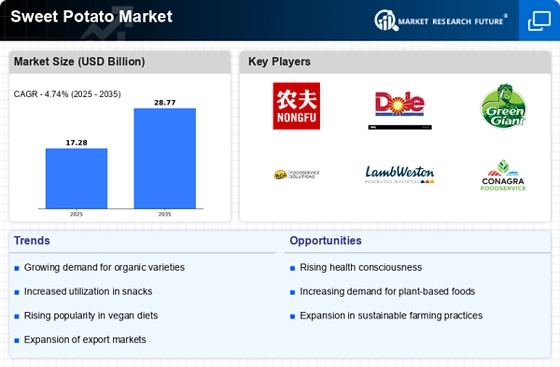

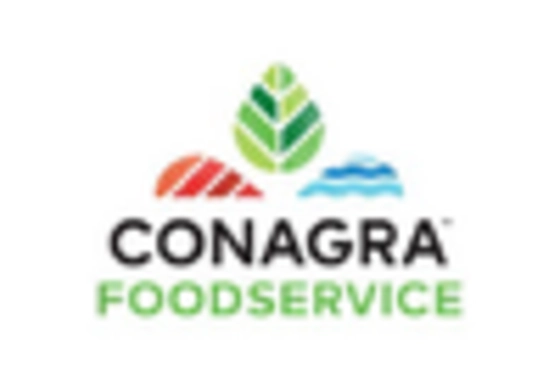

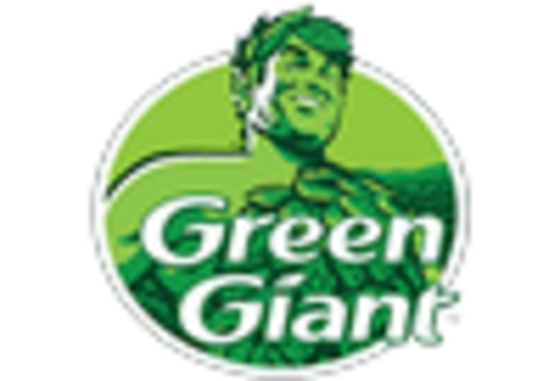

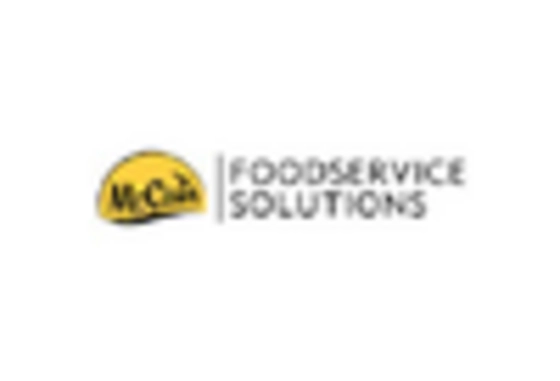
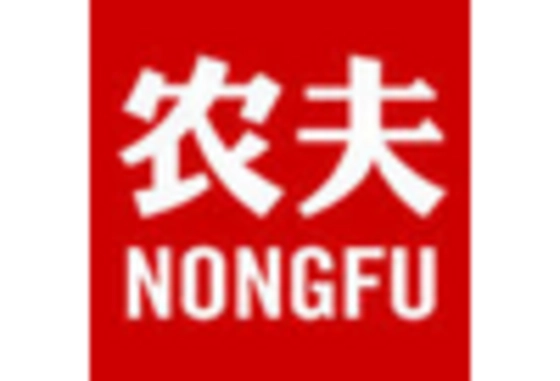








Leave a Comment